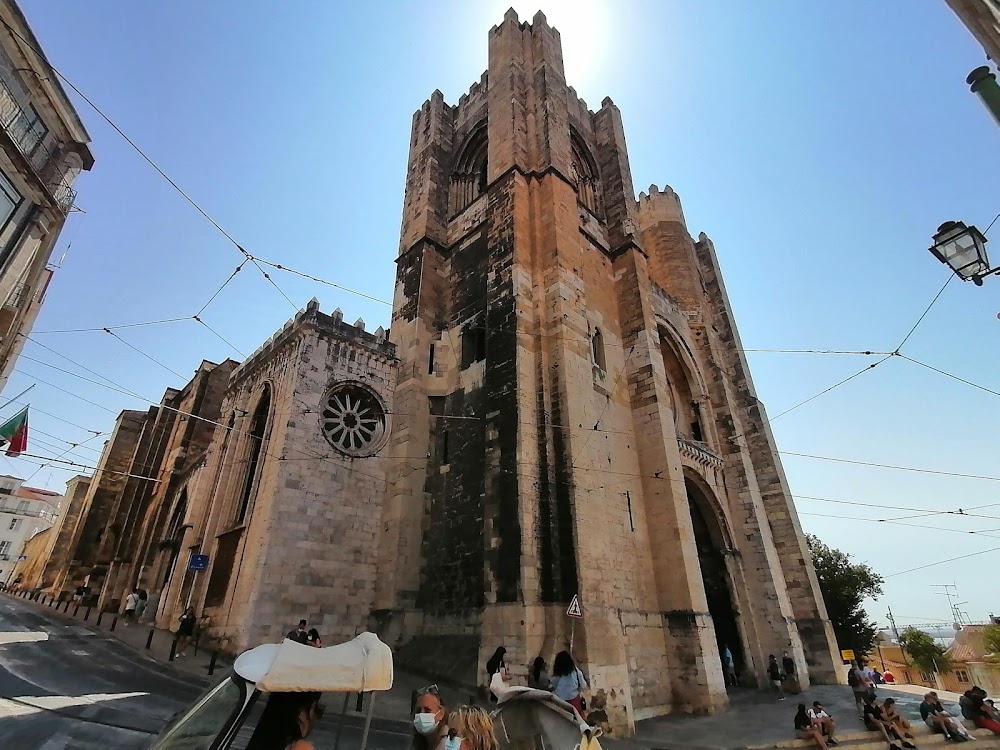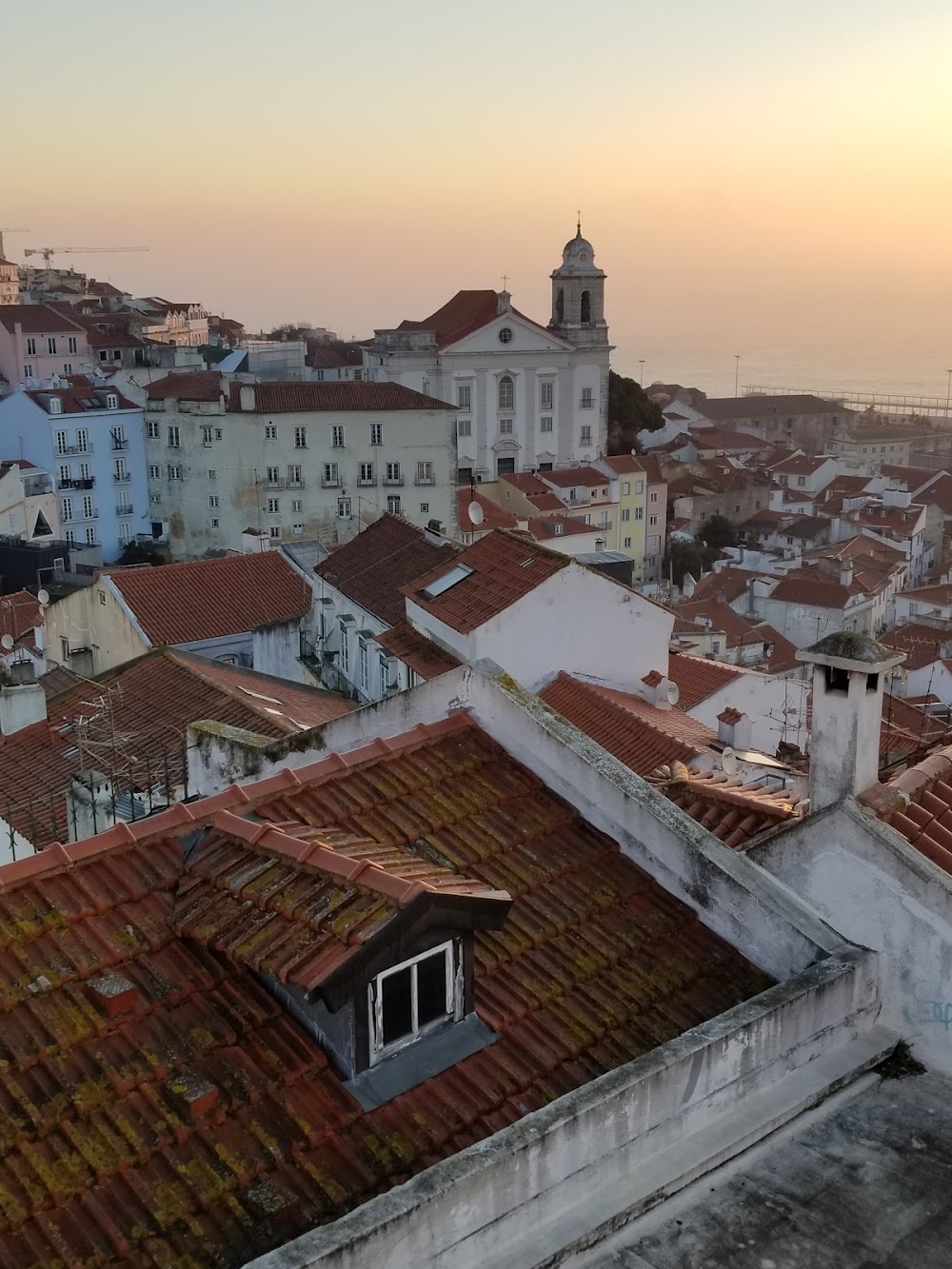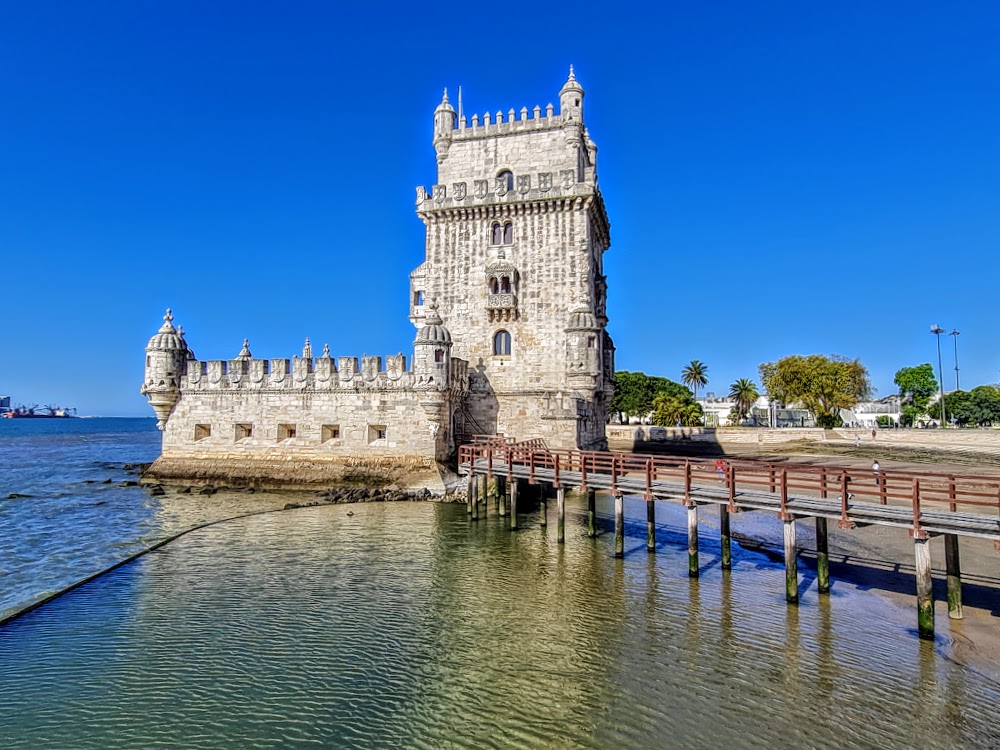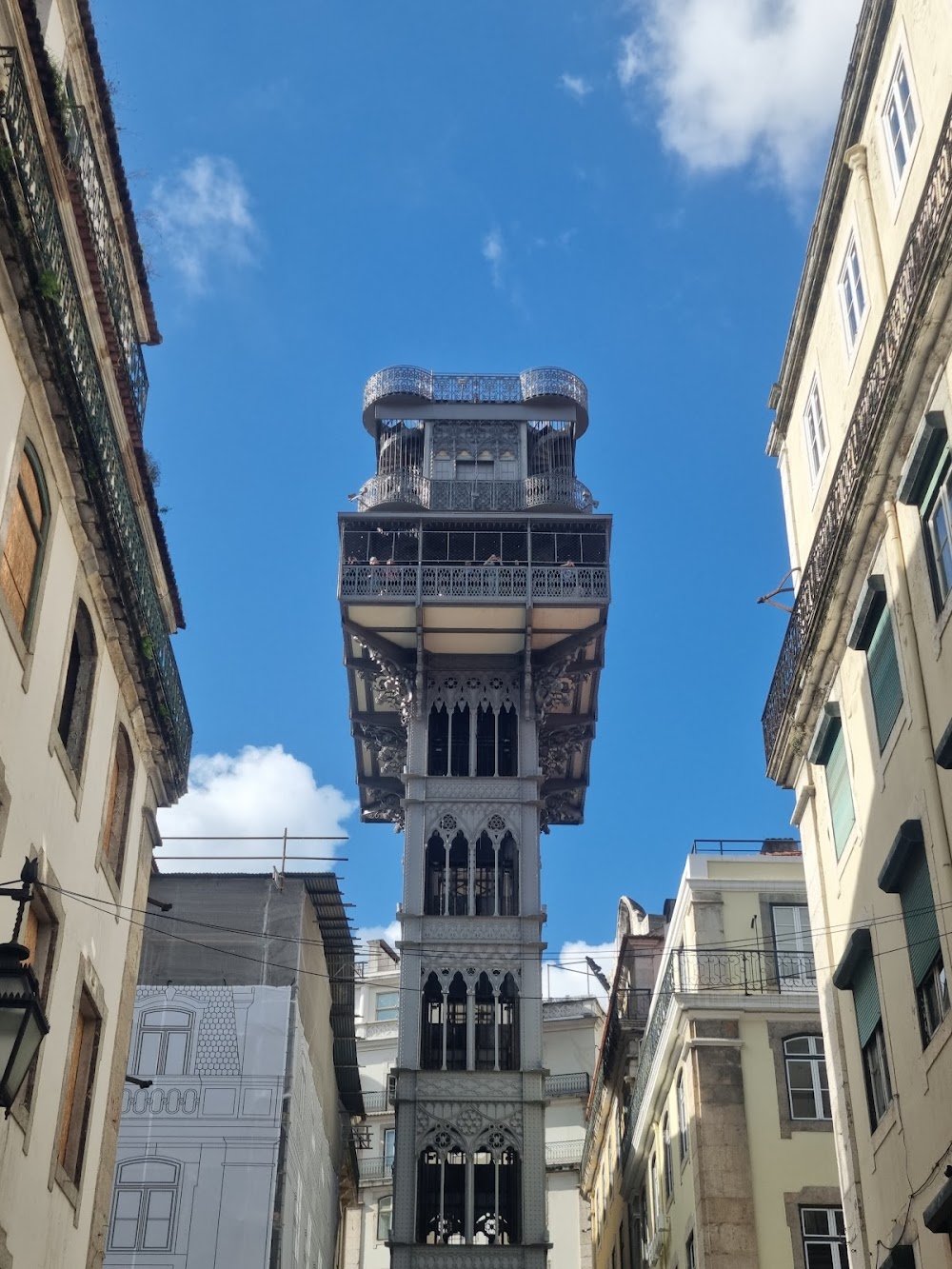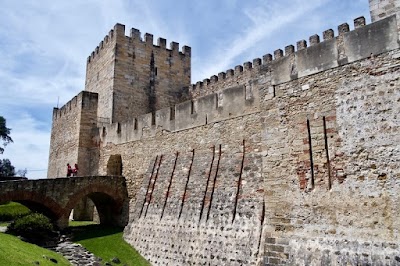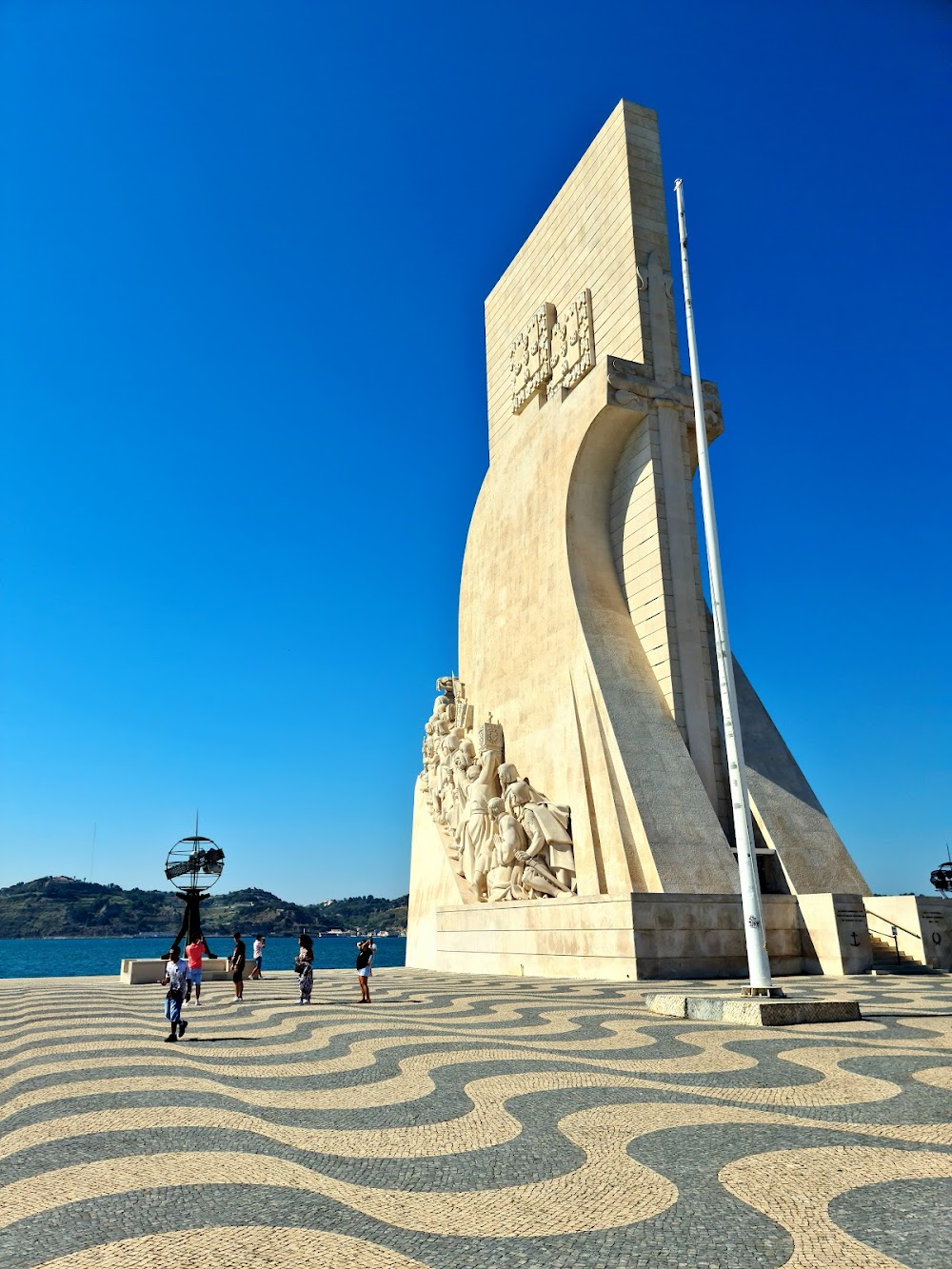Alfama District (Alfama)
Overview
Alfama is one of the oldest districts in Lisbon, Portugal, renowned for its narrow, winding streets, historic buildings, and rich cultural heritage. This enchanting neighborhood boasts a long and storied history that dates back to the time of the Moors in the 8th century.
Historical Roots
Originally built outside the city walls, Alfama was heavily influenced by the Moors, who ruled Lisbon from the early 8th century until the mid-12th century. The name "Alfama" derives from the Arabic word "Al-hamma," meaning "hot fountains" or "baths," a reference to the natural hot springs in the area that the Moors made use of.
Unique Layout
One of the most distinctive features of Alfama is its layout. Designed in an era without urban planning, the district's narrow, steep streets are often paved with cobblestones, creating a labyrinthine network that feels almost maze-like. This design serves a practical purpose: the tight-knit streets provide shade and cool air, helping residents escape the scorching sun.
Surviving History
Despite its age, Alfama has withstood significant historical changes. It was largely spared from the catastrophic 1755 Lisbon earthquake, which devastated much of the city. This fortunate circumstance allowed Alfama to retain its medieval charm while other parts of Lisbon underwent modern reconstruction.
The Soul of Alfama: Fado
The air in Alfama is filled with the resonant sounds of traditional fado music. The area is home to numerous fado houses where visitors can immerse themselves in this soulful Portuguese genre. The melancholic songs, often accompanied by a Portuguese guitar, reflect the spirit and history of the district, offering a heartfelt glimpse into its cultural identity.
Diverse Architecture
Alfama's architecture showcases its varied history. Visitors will find remnants of Moorish influence in the small, boxy houses with their patios and terraces, alongside Romanesque buildings, baroque churches, and quaint squares adorned with statues and fountains. Notable historical sites include the Se Cathedral and the São Vicente de Fora Church, both of which provide insight into the area’s rich past.
Celebrations and Community
A beloved tradition in Alfama is the annual Festa de Santo António, celebrated each June. During this vibrant festival, the district transforms with colorful decorations, music, dancing, and stalls selling delicious sardines and local delicacies. This event honors Saint Anthony, the patron saint of Lisbon, and serves as a significant cultural celebration for the residents.
Community Spirit
The residents of Alfama, affectionately known as "alfacinhães," possess a strong sense of community. Many families have lived in the neighborhood for generations, fostering a tight-knit and welcoming atmosphere. This enduring bond among residents has played a crucial role in preserving Alfama's cultural traditions and practices.
The Blend of Old and New
Today, Alfama represents a harmonious blend of the old and the new. While it retains its historical charm and traditional ways, the district has also become a trendy spot for both locals and tourists. New cafes, boutique shops, and art galleries coexist alongside centuries-old homes and traditional taverns, creating a vibrant and dynamic atmosphere.
Stunning Views
Alfama offers breathtaking views over Lisbon and the Tagus River, particularly from the Miradouro de Santa Luzia and Miradouro das Portas do Sol. These viewpoints provide perfect vantage points to appreciate the beauty of the terracotta rooftops and the shimmering blue waters below.
In Alfama, history and modern life exist in beautiful harmony. Its ancient streets and buildings narrate the story of Lisbon’s past, while its vibrant culture and thriving community ensure that the spirit of Alfama will continue to flourish for generations to come.


